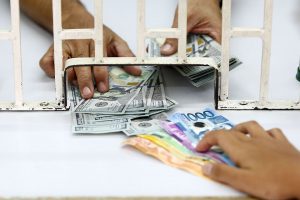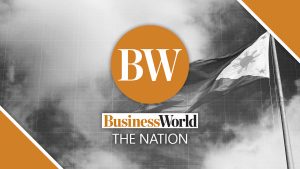Weak peso seen affecting poor disproportionately

THE peso’s weakness will have an outsized impact on poorer households as inflation makes food more expensive, a senior legislator said on Saturday.
“The bottom 30% of households in terms of income spend 58.2% of their total expenditure on food. And 24.9% of food is imported,” Albay Rep. Jose Ma. Clemente S. Salceda, who also chairs the House ways and means committee, said in a statement.
“So, a peso depreciation of 25% increases their total spending by at least 3.64% because of food alone due to first round effects alone.”
He said fuel spending for low-income households will increase by 1.13%.
The peso has weakened by 14.68% from its 2021 ending level of P51 against the dollar last year.
Mr. Salceda said the solution is “a mix of policy and program interventions.”
“As I’ve suggested, we need to encourage our Big four in service dollar earners. (Business Processing Outsourcing), foreign-employed freelancers, overseas Filipino workers, and the tourism sector,” he said, affording the government a measure of upside from a stronger dollar.
He said the committee on ways and means is studying the possibility of waiving documentary stamp taxes on lending by foreign companies to their wholly-owned Philippine subsidiaries.
Mr. Salceda said higher interest rates by the Bangko Sentral ng Pilipinas might not constrain growth “if we take measures to protect our key growth drivers.” — Matthew Carl L. Montecillo




